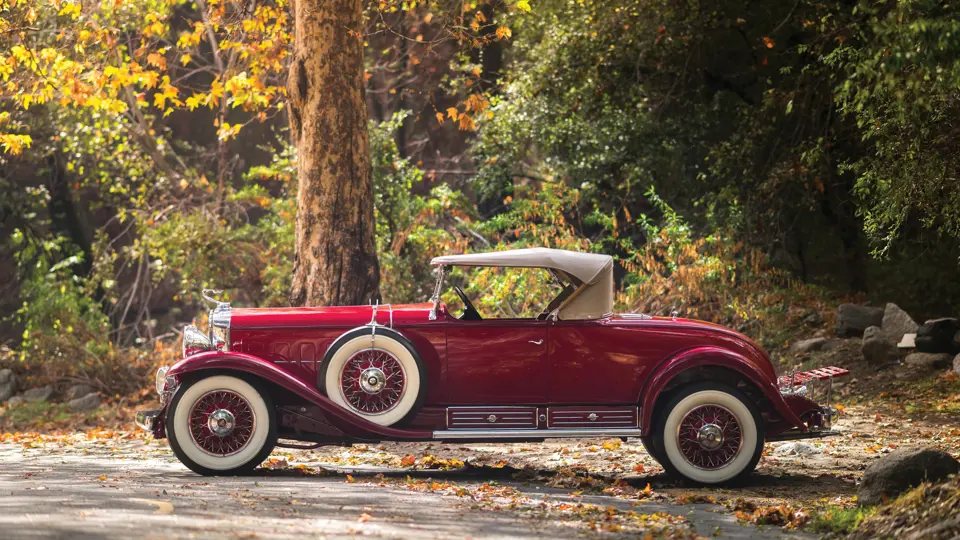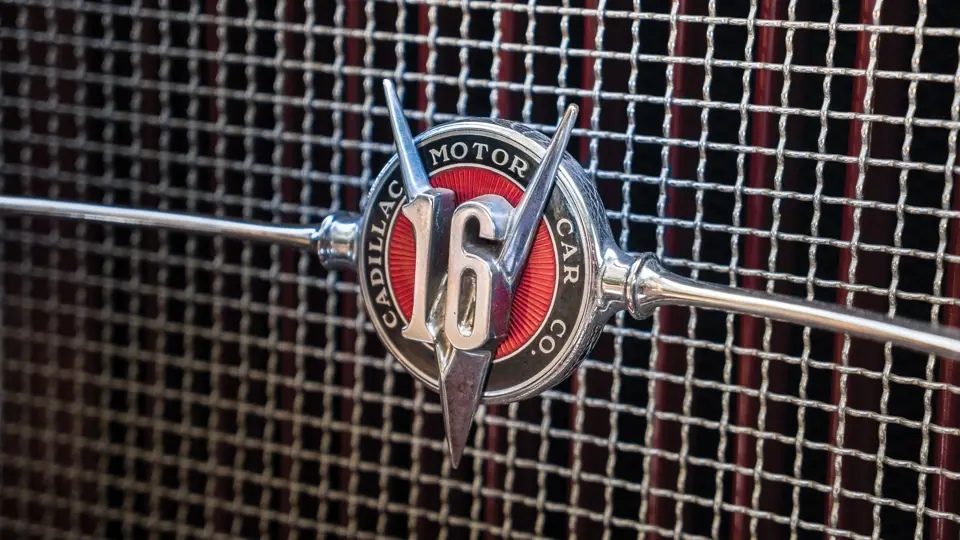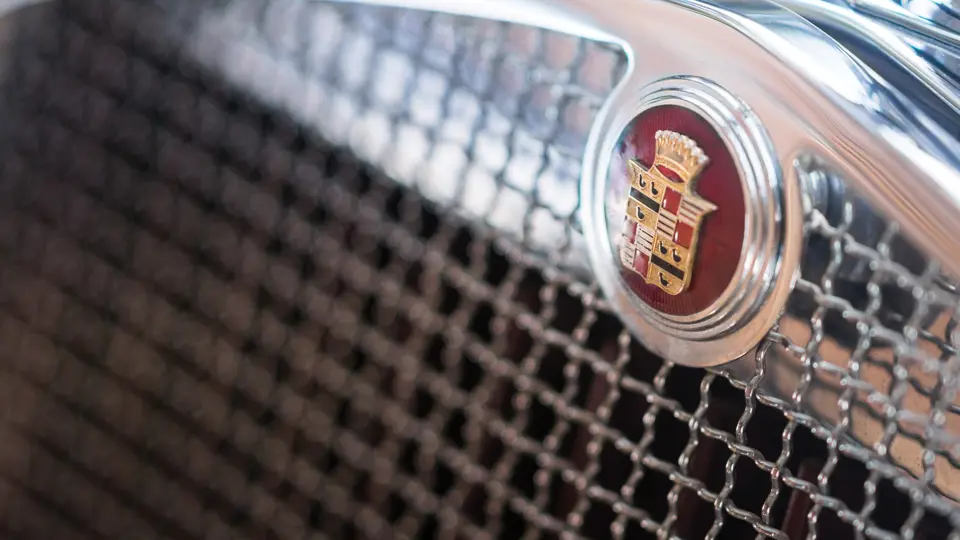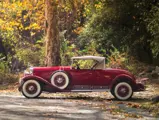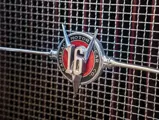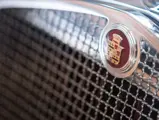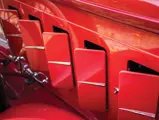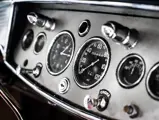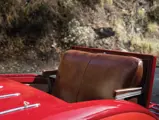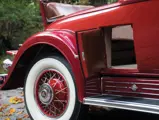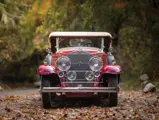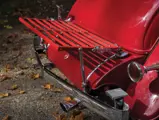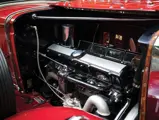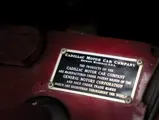Series 452A. 175 bhp, 452 cu. in. OHV V-16 engine, three-speed selective synchromesh manual transmission, solid front axle with semi-elliptic leaf springs and hydraulic dampers, three-quarter floating rear axle with semi-elliptic leaf springs, and four-wheel vacuum-assisted mechanical drum brakes. Wheelbase: 148 in.
On January 4, 1930, Cadillac stunned the fine car market at the New York Auto Show with the introduction of its breathtaking new V-16. Afterwards, Cadillac instantly catapulted itself to the head of the luxury class in one brilliant stroke. Until then, only Bugatti had produced a 16-cylinder engine, which was accomplished by bolting two 8-cylinder inline engines together, an innovation that was originally intended for aircraft use.
Cadillac’s V-16 was the first true 16-cylinder engine to be built from scratch, and it was a project that was led by Owen Milton Nacker, under conditions of the utmost secrecy. In fact, in order to avoid knowledge of the project leaking from lower-level GM engineering departments and parts suppliers, a well-coordinated disinformation campaign was created, which included cover stories and notes on various blueprints that indicated that the project was actually Cadillac’s contribution to a new GM bus project.
The 45-degree cylinder bank angle and overhead-valve design kept the V-16 narrow, while its external manifolds allowed easy access to the engine compartment. Furthermore, Cadillac’s V-16 was the first automotive engine ever to be “styled”: all the wiring was hidden, the engine compartment was dressed up with plenty of gleaming polished aluminum and porcelain, and it had a pair of beautiful valve covers with brushed-aluminum ridged surfaces that featured the Cadillac emblem.
Cadillac managed to survive the rapidly declining luxury car market of the early 1930s, thanks to the financial resources of GM, its massive parent company. Without this support, Cadillac could never have produced such a limited-production, luxurious automobile. Although the V-16 was brilliantly designed, its shrinking Depression Era market meant that the V-16 was, of course, produced in tiny numbers for the fortunate few who were capable of paying more than 10 times the cost of a contemporary Chevrolet convertible. Without a doubt, the few examples remaining today offer a rare glimpse into one of the most exciting automotive eras of all time.
The car shown here is believed to have been built on an original 1931 V-16 chassis with engine number 702891. Its bodywork was crafted to exacting original specifications, rather than using a V-8 roadster body, as is common for these cars. The V-8 body is very similar to the V-16, but it will not mate perfectly with the V-16 cowl, resulting in a rather awkward appearance. By carefully building a body from scratch, the result is a wonderful car that is essentially the “106th of the 105” original Roadsters built by Cadillac from 1930 to 1931. It is believed that some other V-16 Roadster body components were utilized in the creation of this body, including the stamped piece of body wood in the floor, which identifies it as body number 19, and the tag on the cowl, which is a reproduction and identifies it as being the 91st.
The car is immaculately finished in two shades of beautiful, rich red, with a natural leather interior and khaki cloth top, and it presents beautifully, as when finished. In its present ownership, the car has undergone recent sorting, which included the installation of a new clutch by respected West Coast specialist Chris Kidd, of Tired Iron Works.
This well-preserved Roadster is a superb addition to any Cadillac enthusiast’s collection.


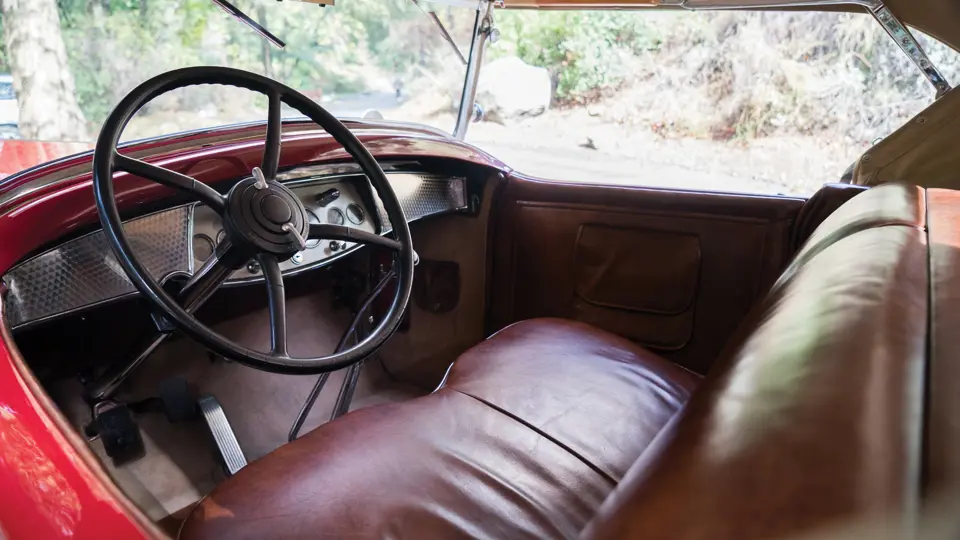

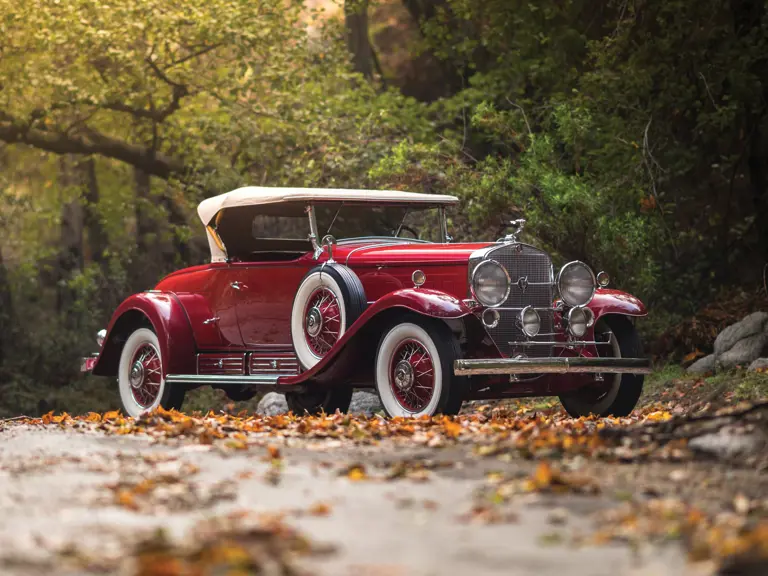
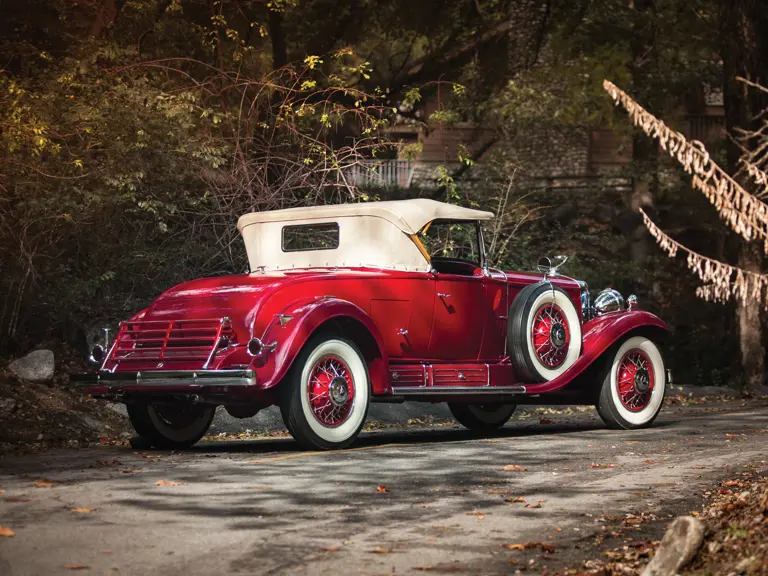
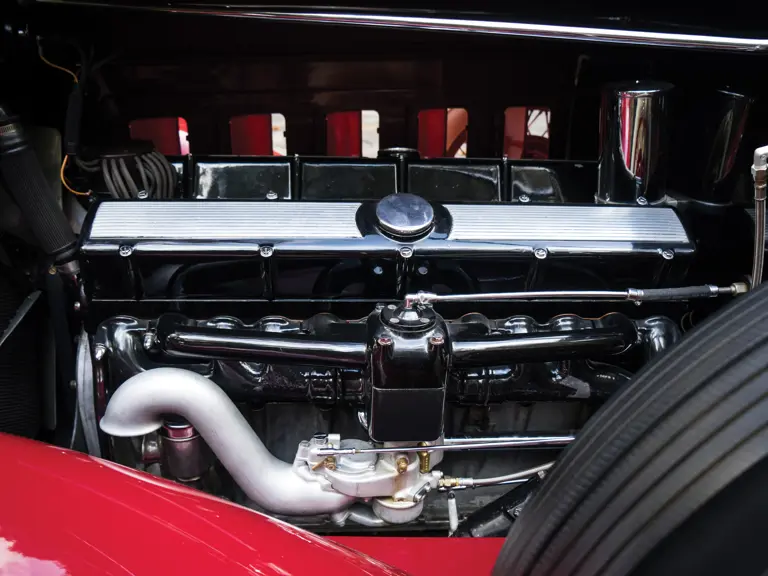
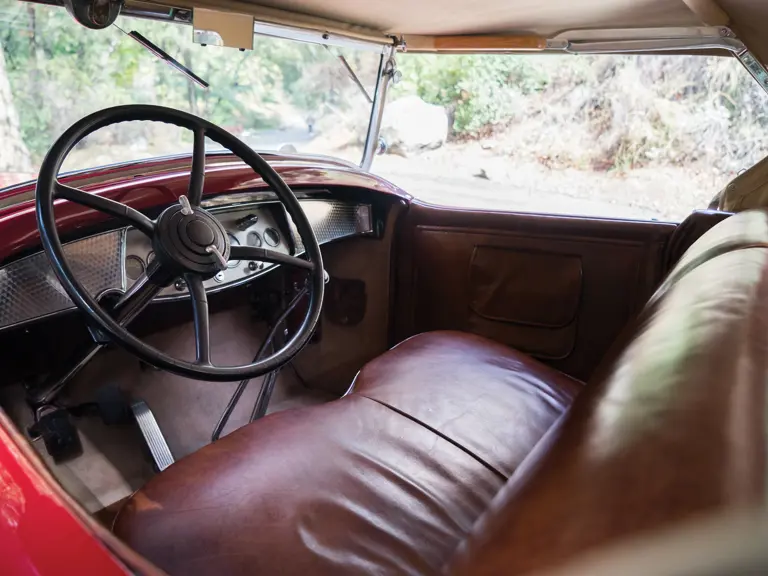
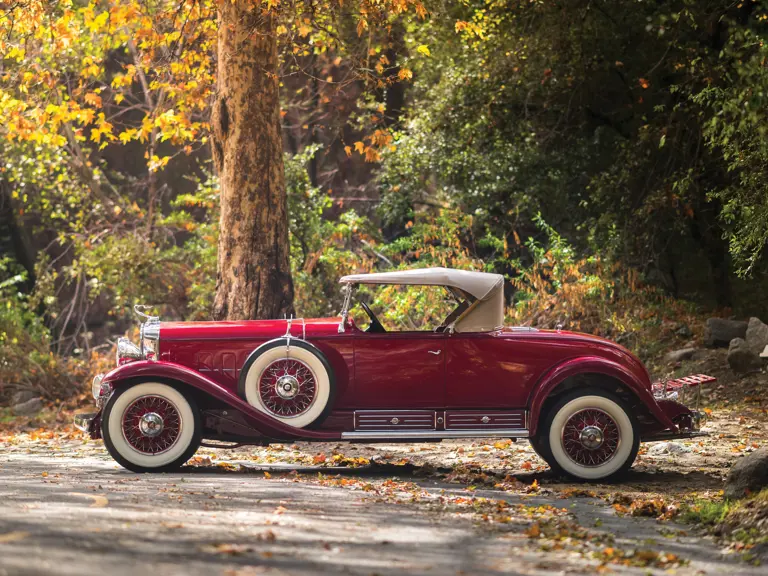

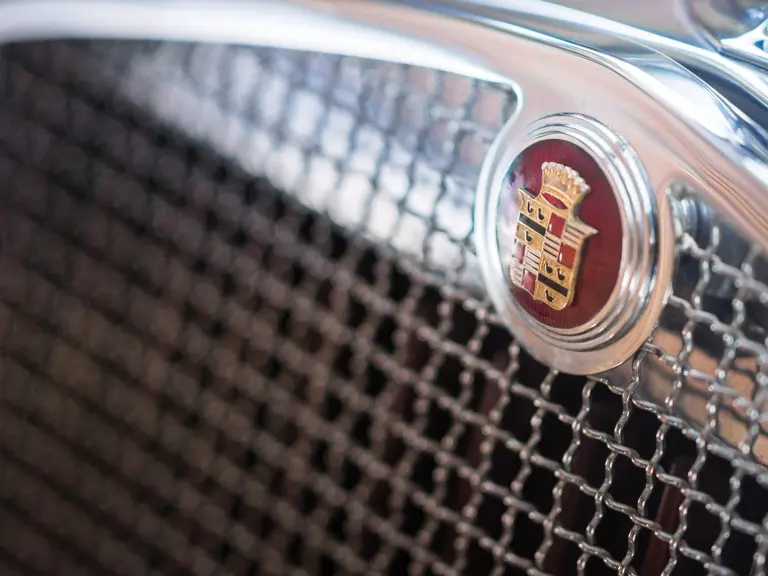
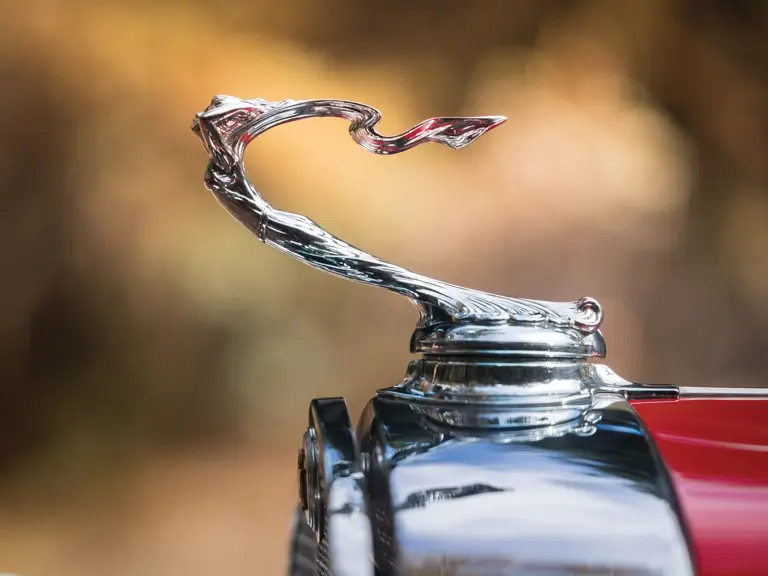
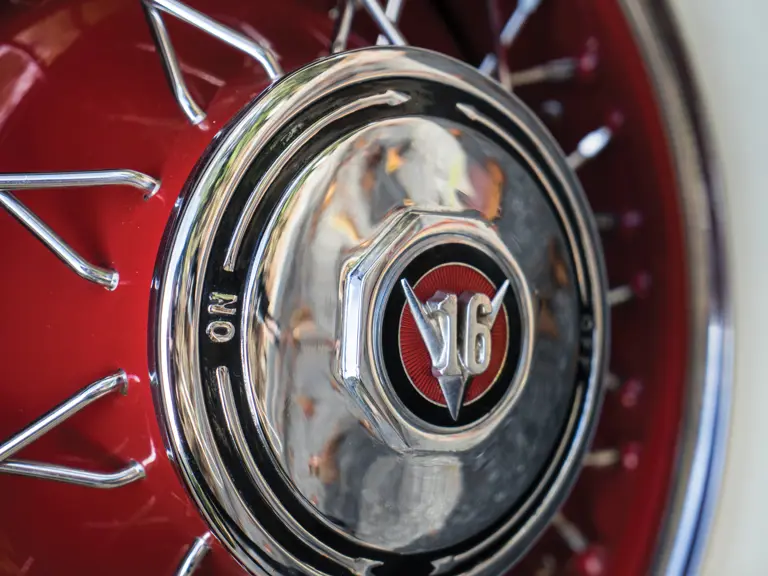
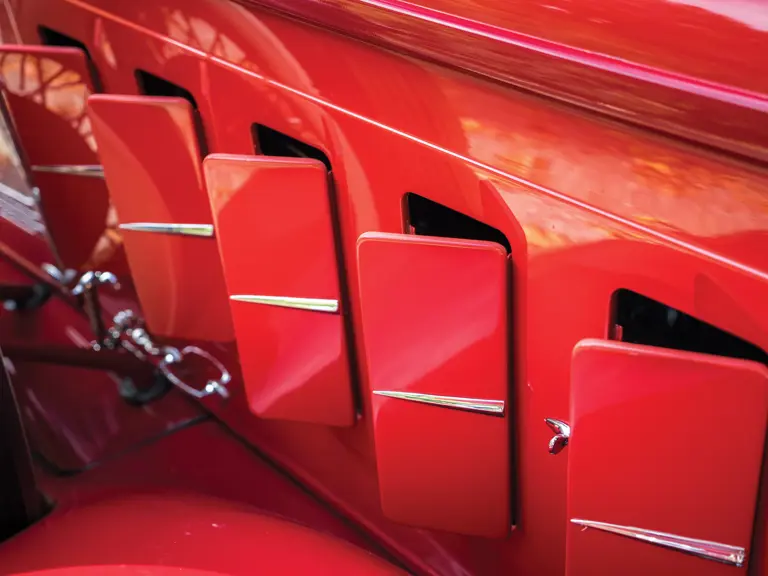
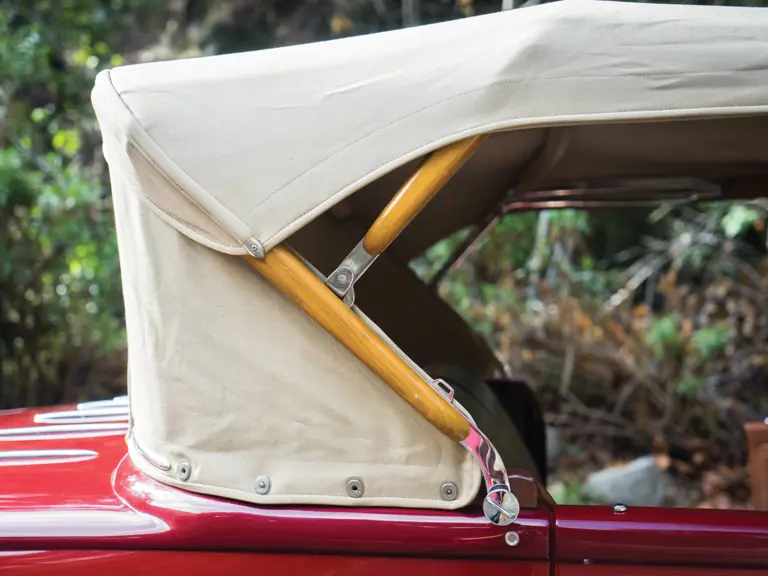


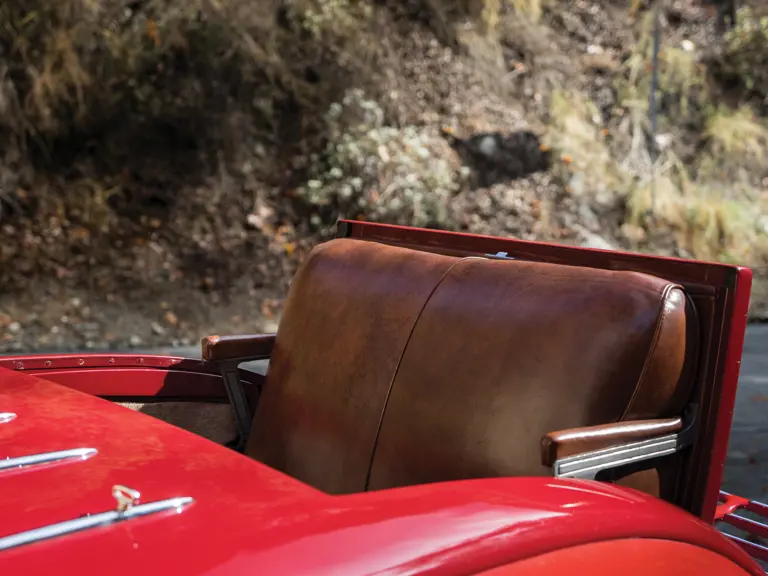
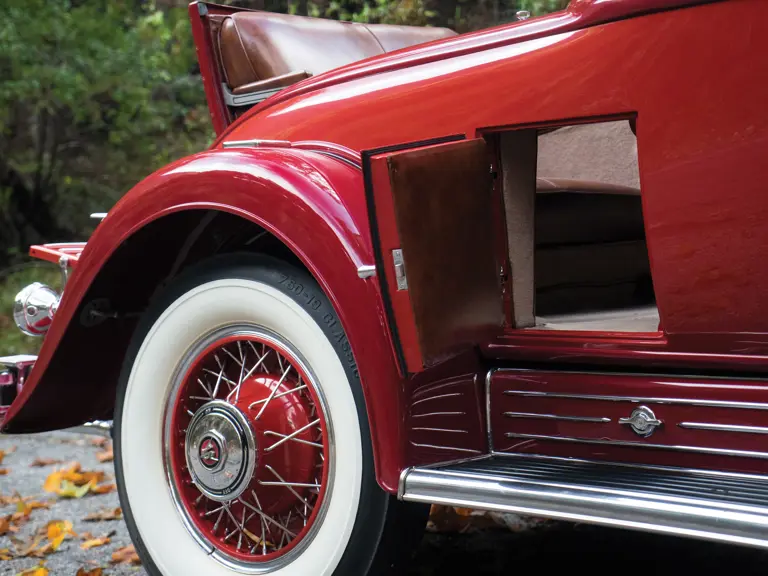
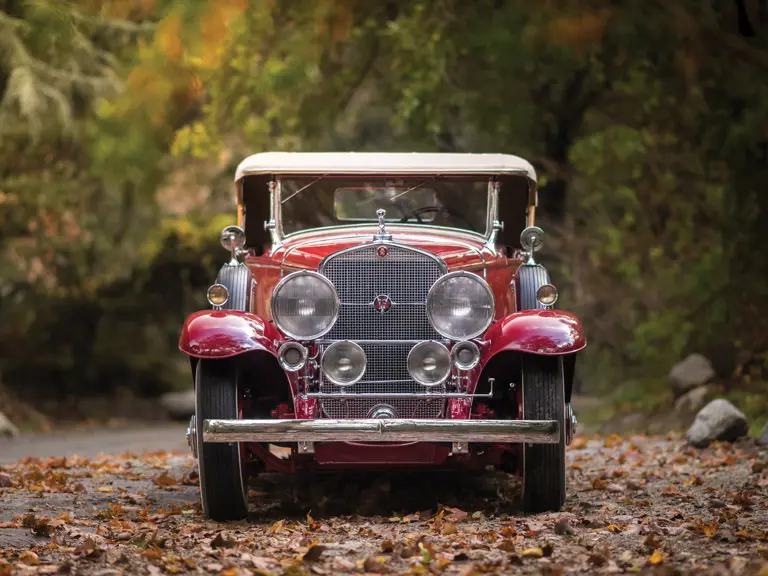
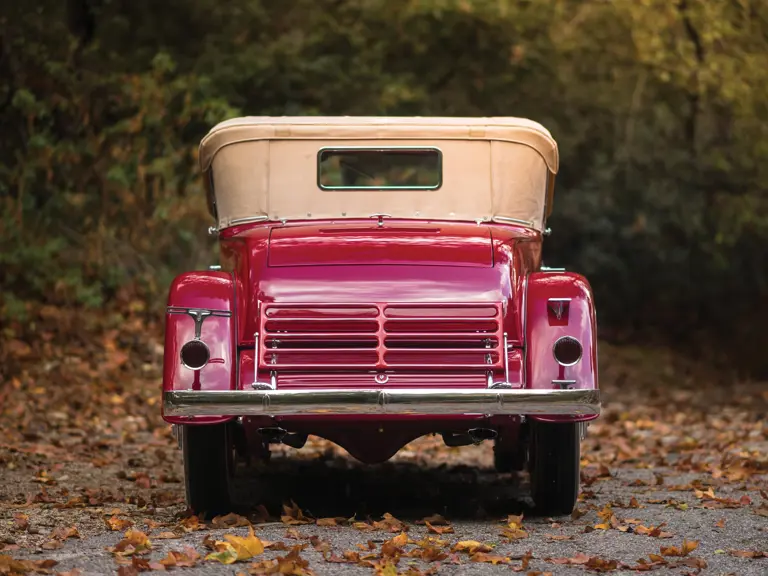
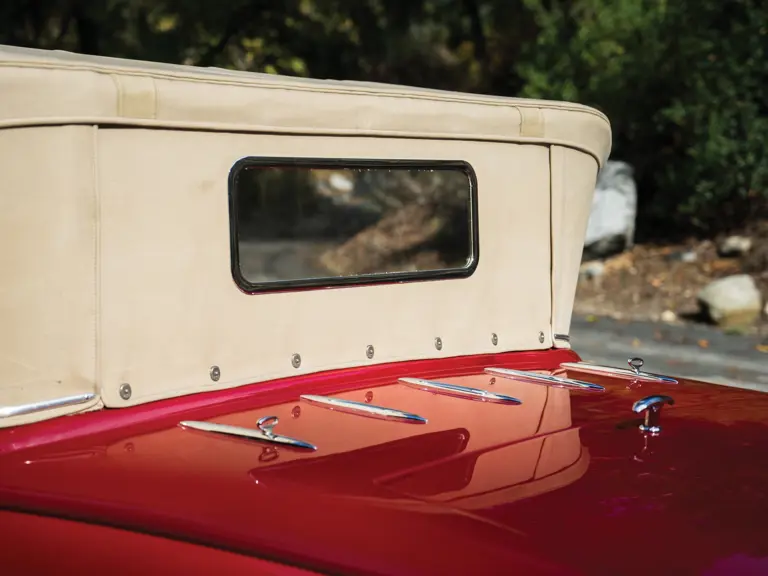



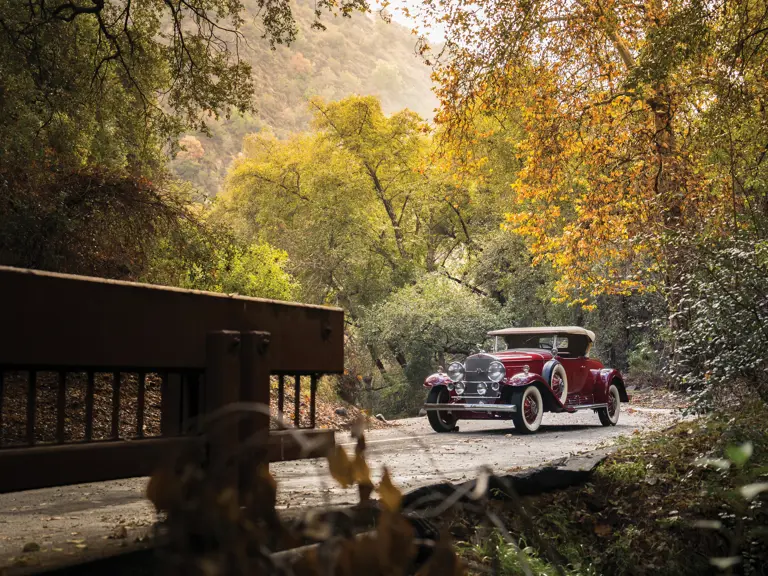
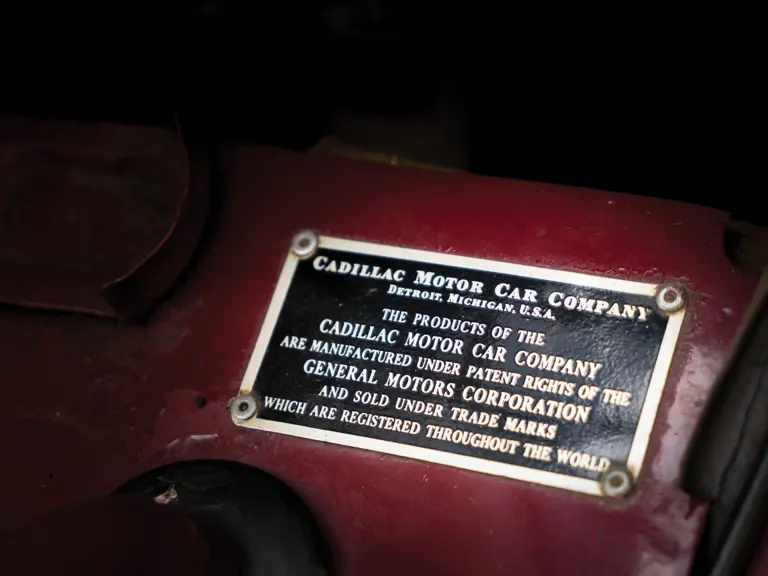
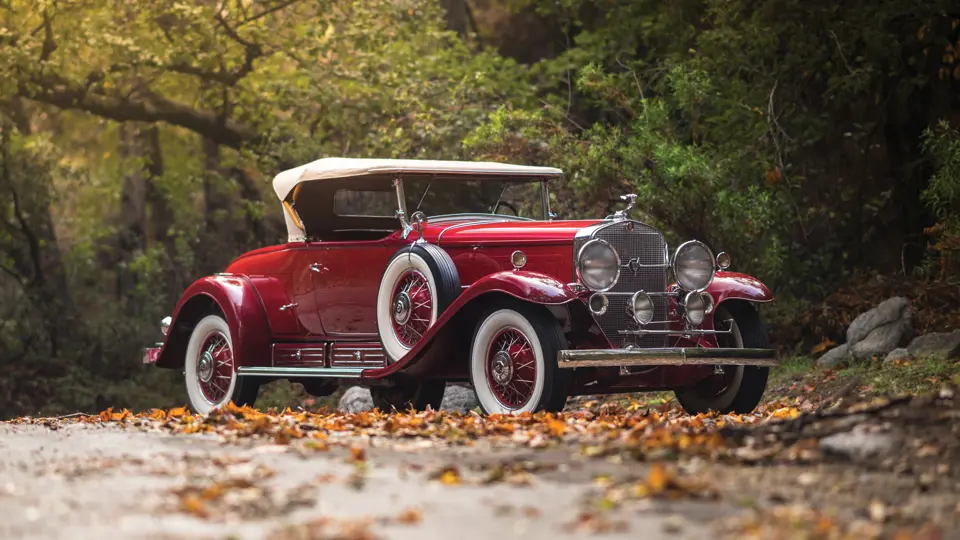
 | Phoenix, Arizona
| Phoenix, Arizona
